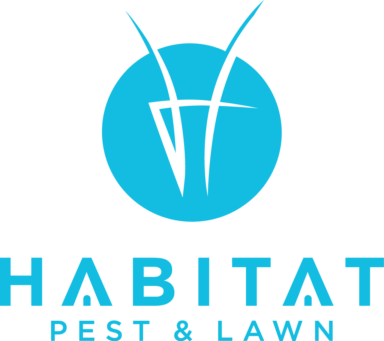Eco-friendly pest control has gained popularity as more people seek sustainable and less harmful ways to manage pests. The effectiveness of these methods often comes into question, especially compared to traditional chemical treatments. Let’s explore whether eco-friendly pest control measures up in terms of efficiency and practicality.
What Is Eco-Friendly Pest Control?
Eco-friendly pest control involves strategies and products that minimize environmental impact and are safer for humans, pets, and wildlife. These methods include using natural predators or biological agents, botanical insecticides, and mechanical or physical barriers, as well as incorporating practices from Integrated Pest Management (IPM).
Effectiveness of Eco-Friendly Methods
1. Integrated Pest Management (IPM)
IPM is a comprehensive approach that uses a combination of techniques to prevent and control pests. These include cultural, biological, mechanical, and, as a last resort, chemical methods. By reducing reliance on chemical treatments and focusing on long-term prevention through habitat alteration and education, IPM effectively manages pest populations with minimal environmental impact.
2. Biological Controls
Utilizing natural predators, such as ladybugs for aphids, or nematodes for soil-dwelling insect larvae, is highly effective for specific problems. These solutions target pests without the collateral damage associated with broad-spectrum pesticides, ensuring that only the intended pests are affected.
3. Botanical Insecticides
Derived from plants, these insecticides are often less toxic than synthetic chemicals and break down more quickly in the environment. While they may require more frequent application, they are effective and provide a safer alternative for pest control within sensitive environments.
4. Physical Barriers and Mechanical Controls
Methods like traps, sticky barriers, and row covers physically prevent pests from reaching plants. These controls are very effective in both small-scale residential and larger agricultural settings without any environmental contamination.
5. Cultural Practices
Changing the environment to make it less attractive to pests can be highly effective. This includes rotating crops, planting pest-resistant varieties, and maintaining healthy soil. These practices reduce pest establishment, reproduction, and survival.
Comparing Effectiveness with Conventional Methods
While traditional pesticides often provide a quick and potent solution to pest infestations, their effects can be broad and sometimes damaging over the long term. They may kill beneficial insects along with pests, lead to pesticide resistance, and negatively impact the surrounding ecosystem.
Eco-friendly pest control, while sometimes perceived as less immediately impactful, offers sustainable solutions that can be equally or more effective in the long term. These methods work best when used proactively and as part of an integrated approach to pest management.
Challenges and Considerations
The main challenges with eco-friendly pest control involve scalability and persistence. Natural products may require more frequent application, and biological control agents must be carefully managed to maintain their effectiveness. Additionally, the initial setup and shift from a chemically-dependent system to a more sustainable one can require a period of adjustment.
Eco-friendly pest control is not only effective but also essential for sustainable living. It aligns with environmental conservation efforts and supports biodiversity while effectively managing pest populations. For those considering eco-friendly pest control, it’s important to assess specific needs, local ecosystem conditions, and available resources to choose the most effective methods for their situation. Habitat Pest and Lawn is a local pest control provider that offers eco-friendly pest control options. Reach out today for help.

